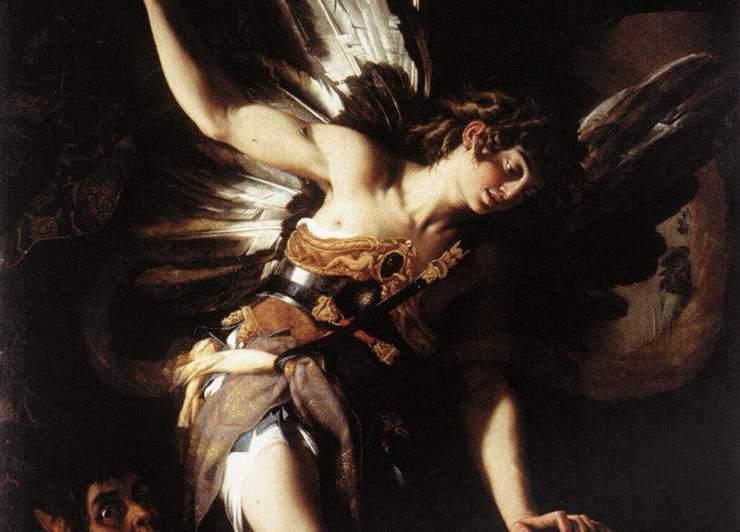As the profane runs rampant, there is little left that is sacred. Sacred love has been turned on its head, and people today often value vice instead of virtue. Love, however, used to be sacred.
The controversial painting “Sacred Love and Profane Love” by Giovanni Baglione might give us insight into the sacrality of love.





